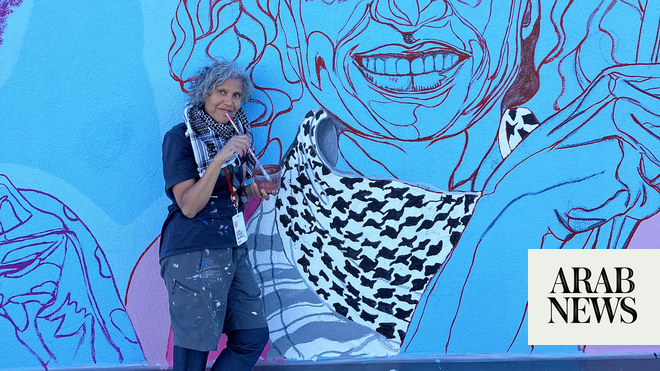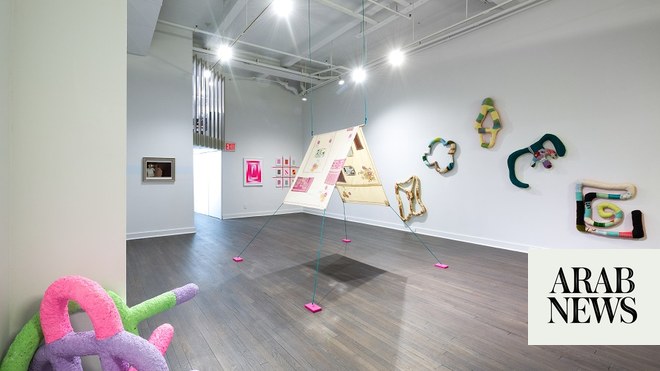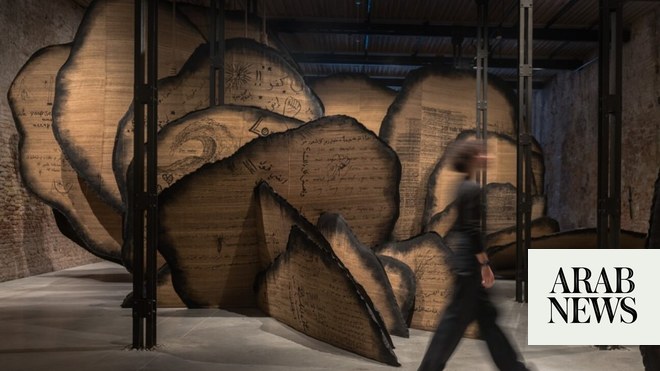
The first in our series focusing on contemporary Arab-American artists in honor of Arab-American Heritage Month
DUBAI: Los Angeles-based artist Saj Issa was raised between two different worlds. As the child of Palestinian parents who fled the First Intifada in the Eighties, she grew up in St. Louis, Missouri, and spent her summers in Palestine. “Each setting brought out a different part me,” she tells Arab News.
For the latest updates, follow us on Instagram @arabnews.lifestyle
“At first, it took a minute for me to come to terms with that. I thought I wasn’t being authentic: The person that I was portraying myself as at school around my friends was different than the person I was portraying at home. But I realize that those are all parts of me. I don’t really see it as an issue so much now as I did when I was younger.”
Issa is an emerging visual artist, who obtained a Master’s in Fine Arts from the University of California and has had her work displayed in LA’s museums and art fairs. Her drive to create art began in childhood, marked by a tactile tendency to paint and make crafts.
“I grew up watching (creator of the US TV show “The Joy of Painting”) Bob Ross — America’s savior — and I was mimicking that action of holding a painting palette,” Issa recalls.
Her ceramic tile pieces juxtapose design elements that are omnipresent in both Eastern and Western cultures. She merges major Western company logos — such as Nike, Coca Cola, and Shell — with Middle Eastern geometrical and vegetal patterns.
“I’m interested in the consequences of globalization,” says Issa. “My choice of which brands make an appearance are based on which ones made a critical impact in the East. I utilize traditional tile work combined with corporate logos as a way to draw connections between the way that colonization seeps into the indigenous ways of life. Repetition is also a means to communicate habits of consumption, mass production and advertising.”
That geometrical ornamentation continues throughout her other series, such as “Convenience Store,” which was partly inspired by her immigrant father’s former job in a corner store. The series’ portraits of workers evoke a feeling of nostalgia and loss of identity in a quick-transaction environment; standing behind the counter, surrounded by daily items, the workers’ faces — or entire bodies — are obscured by receipts.
“I just want to build my own visual language through these mediums,” Issa says.









